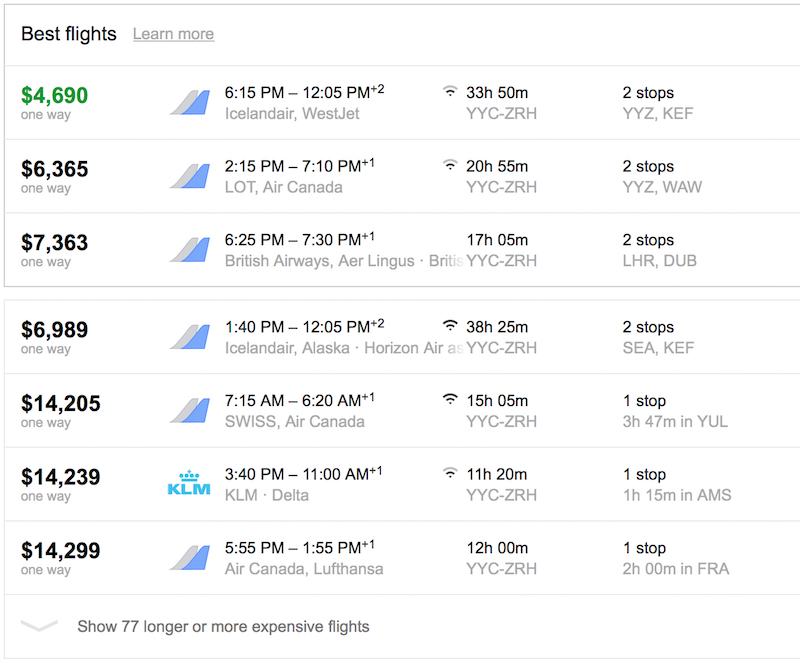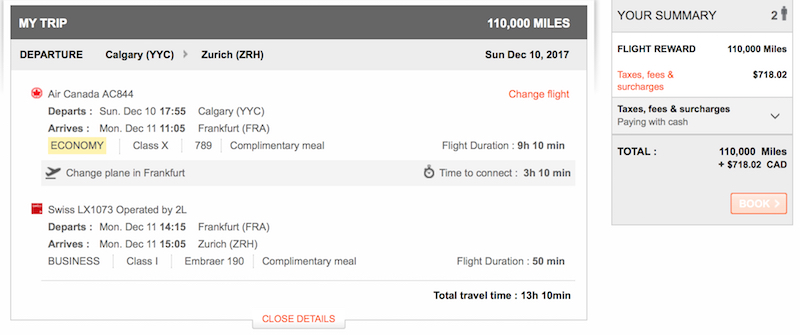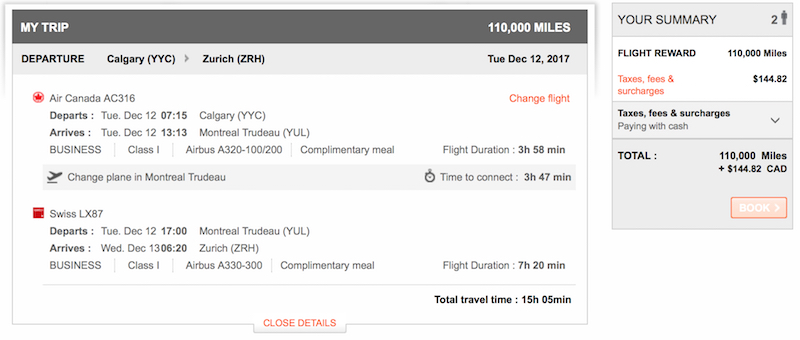Objective
Learn the basics of reward travel trip planning and understand the difference process compared to paid travel to maximize your chances of booking the best itinerary.Learning Outcomes
- Understand the difference in thinking required when booking reward travel compared to paid (revenue) flights/hotels
- Know the best practices for planning reward travel including:
- Steps to take when planning
- How to choose the best rewards program with respect to your preferred destination
- When to book time off work in the trip planning process
- When to book hotels in the trip planning process
Suggested Prerequisites
- The Beginner’s Guide To Travel Hacking
- Using Google Flights To Search Route Networks
- How To Search Star Alliance Award Space
- How To Search Oneworld Award Space
- Understanding Airline Alliance And Partnerships
Introduction
Many people plan paid travel the same way:- Choose a destination
- Schedule time off work
- Book flights
- Book hotels
- Book any nonrefundable aspects (tickets/tours/transfers etc)
- Choose a destination
- Earn the required points (if you don’t have them)
- Book your flights
- Book your hotels
- Schedule time off work
- Book any nonrefundable aspects (tickets/tours/transfers etc)
Advance Planning – Why It’s Important
While this may seem like a no-brainer, I still get a lot of people who expect to be able to find tickets to Europe over summer holidays for their family of four. Generally speaking, advanced planning is required for:- Complex, multi-destination trips
- Trips for more than 2 passengers
- Trips to very popular destinations over peak periods (Europe in the summer)
- Trips to destinations with limited route networks (Australia/South Pacific) from North America
- Full fare first class (Fare code ‘F’)
- Discounted first class (Fare code ‘A’)
- Award Level First Class (Fare code ‘O’)
- Most airlines release partner award space one year in advance
- Many airlines release more award space ‘last minute’, which can be from anywhere between 24 hours and 30 days
- Lufthansa first class only becomes available to partner airlines two weeks prior to departure
- Swiss Airlines first class is not available to partner airlines at anytime
- Singapore Airlines doesn’t offer premium cabin availability to partner airlines (with the exception of some routes in Asia)
- Cathay Pacific usually releases two business class seats one year out, with more available closer to departure. First class availability is not released in advance with any consistency and very difficult to book well in advance
- Cathay Pacific first class is very easy to book within 2 weeks of departure with a bit of flexibility
- Some airlines will release more space for travel on their own aircraft. As an example, Air Canada will sometimes make seats available for passengers using Aeroplan that wont be bookable using other Star Alliance programs such as United Airlines Mileage Plan
- Premium cabin travel on Qantas and Air New Zealand is notoriously difficult to find
- Air China, EVA Air, ANA, Turkish Airlines, Cathay Pacific, Japan Airlines, Hainan Airlines, Emirates, and United Airlines are generally quite generous with award availability in all cabin classes
- American Airlines is notoriously stingy with award seats on long-haul flights on their own aircraft (not applicable to partner award space)
Planning Your Flights
Undoubtedly the most difficult part of award travel is the planning and booking process. Many people are accustomed to going to an online travel website or travel agency and saying ‘I want to go here on these dates’ and are presented a set of options. Award travel is slightly more complicated… While any destination is available on points, where/when/how you want to travel will impact your strategy for booking. Before starting this process, I strongly recommend everyone be familiar with the basics of route planning by completing the following courses: Using Google Flights To Search Route Networks Understanding Airline Alliances and Partnerships How To Search Star Alliance Award Space How To Search Oneworld Award Space Once you know where you want to go, you need to figure out how to get there from where you live. This is where Google Flights comes in. Google Flights is great at filtering route networks based on origin, destination, cabin class, and total travel duration. Keep in mind Google is only being used to plan route networks and is not indicative of award space. Let’s consider an example of a couple wanting to vacation in Zurich from Calgary (a less serviced Airport will always require a bit more planning than a large airport) without specific travel dates, but knowing they want to travel in December before the winter holidays. First, I would go to Google Flights and plug in my search criteria. For the sake of usability, I suggest planning one-way at a time. If you are able to find an outbound route there will be a similar route inbound. Also, leave all of the filters blank on your initial search to populate the most routes between your origin and destination.

Choosing The Best Program To Use
Ok – the hard part is done. You know you want to visit Zurich from Calgary, and you have a solid understanding of the routes that can get you there. Based on your search you see two options that look good:- Calgary to Zurich via Amsterdam on KLM Royal Dutch Airlines, a SkyTeam member
- Calgary to Zurich via Montreal on Air Canada and Swiss Airlines, both Star Alliance members


Once Your Flights Are Booked
Booking your reward flights will be the part of trip planning that requires the most flexibility, so I always suggest that as a starting point. Once your flights are confirmed and ticketed, go ahead and start planning the other parts of your trip:- Hotel Booking*
- Scheduling Time Off Work
- Non-Refundable Tickets/Tours
- Airport Transfers
Earn
up to 15000 Amex points
Annual Fee:
Rewards:
Earn
5x
points
on eligible eats and drinks in Canada, including groceries and food delivery. Spend cap applies.